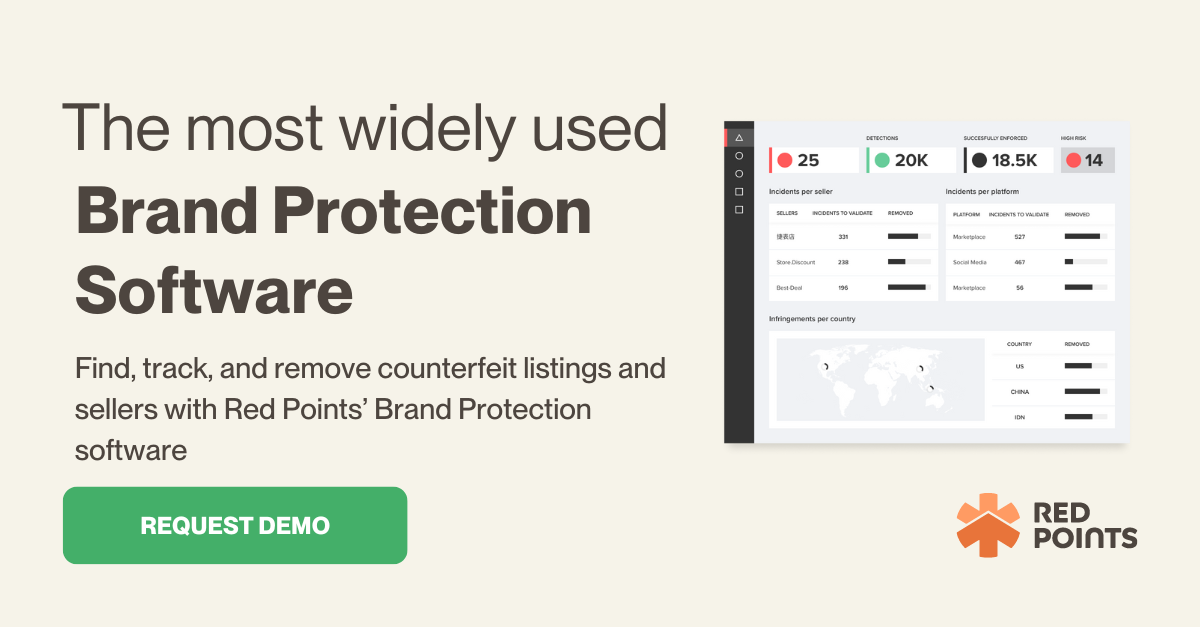Many new small businesses struggle to make a profit. If you don’t keep an eye on the little things, they can eat away at your money without you even noticing it. The losses may begin slowly, but your company may end up losing more than it can bear.
It’s important to identify why you should be aware of business revenue loss. Finding out where your losses are coming from is the first step in reducing or stopping them entirely.
In this article, you’ll learn how to take back your revenue by automating manual processes and implementing effective marketing, among other strategies.
What is revenue loss?
Revenue loss occurs when a business earns less revenue than planned from operations due to external and internal variables. A significant capital loss might result from client churn, company limitations, and market shifts.
A government restriction on investment banks’ trading amounts, for example, results in revenue losses for the banks due to the lost income they could gain from more trading.
Changes in technology also result in revenue losses for businesses. For example, in the 1990s, certain electronics manufacturers saw a decline in sales of tape players.
For eCommerce firms, fraud is the leading cause of revenue loss, and it comes in a variety of forms. 71% of all eCommerce fraud involves some form of identity theft. Chargebacks, account takeover fraud, and friendly fraud are other potential sources of fraud.
While it’s impossible to prevent every instance of fraud, organizations can safeguard themselves by partnering with a payment processor that employs fraud detection technology. It is possible to spot fraud before it occurs with other anti-fraud software, such as Red Points.
How to calculate lost revenue?
The loss of revenue from one period to the next is referred to as revenue attrition or churn. Performing the revenue loss calculation for businesses with customer accounts and recurring revenue is a standard operating procedure.
Tracking customer and revenue churn allows a company to respond more rapidly to any concerns pushing customers away. Although there are multiple variables in the formula for calculating revenue attrition, it is a pretty easy calculation process.
Beginning period recurrent revenue minus end-of-period reoccurring income statement, less additional revenue earned, divided by beginning period revenue is the formula for revenue attrition.
In essence, you compare the relative losses of recurring accounts or customers over time against the relative increases in new customers as a percentage of overall revenue at the beginning of the period. The lower the percentage of revenue attrition, the better you’ve done at retaining or replacing revenue.
Let’s say a company has 500 clients who each pay $10 per month for service at the beginning of the month. These factors result in a monthly revenue of $5,000. During the month, 20 clients cancel their subscription during the month, but you add ten new subscribers.
As a result, you deduct the $100 in additional revenue from the $200 in revenue lost throughout the month. You’ll get $100, which is the difference between the previous year’s and this year’s recurring revenue.
The revenue attrition rate is 2% when divided by the $5,000 starting revenue.
Top 7 ways businesses can recover lost revenue
Insurance denials and self-pay failures are two of the most common causes of cash flow for a small business. More serious issues include delayed payments, underpayments, customer churn, and costs associated with redoing the business. Increasing your actual revenue is as simple as implementing the following six strategies.
1. Maintain a close eye on your stock.
Now is the time for e-tailers to pay attention to their inventory levels. This necessitates contemplation of products with negative profit margins (or not at all).
Use data and customer input to figure out what customers genuinely want, and then try to adjust the present inventory accordingly. Determine what isn’t selling, and then try to fix it. Businesses can clear out distressed inventory to make room for things currently in higher demand by offering steep discounts.
If retailers keep an eye on their metrics, they will respond quickly and correctly to changing market conditions and better serve their customers. Because of this, you can keep up with market developments and focus on boosting revenue.
2. Make manual procedures more efficient by automating them.
How much time are you spending preparing invoices and monitoring payments by hand? Instead, you could use this time to come up with fresh growth prospects for your organization and increase sales revenue if you had the correct framework in place.
Being disorganized is the biggest time waster you can have that can increase operating expenses and decrease productivity. You may save a lot of time and money in the long run by spending a few hours building systems and processes for increasing your business’s capital asset.
Paperwork templates, uniform subcontractor requirements, spreadsheets to manage to spend, and a way to keep receipts (even if it’s a different shoebox each month) are among the ideas that have been floated so far.
3. Spend money on training your employees.
Businesses can improve the quality and efficiency of their employees and keep employee turnover to a minimum with better-qualified staff, employee training, or a professional recruitment resource.
The expense of hiring and training new personnel may be much more than the cost of keeping and retraining current employees, which could save a large amount of money in the long run (and some painful interview time).
Business owners and managers should focus on developing the technical skills of their employees and improving their own leadership and leadership talents.
4. Serve your customers with the utmost care
It is inevitable to lose consumers over time, but it is not inevitable to lose clients as a result of poor service. Even in small organizations, receptionists and salespeople are among the lowest-paid positions, despite being responsible for establishing and sustaining client relationships.
Think about the value of having the proper individuals in those positions, and when you find them, mentor, and train them.
Examine how satisfied consumers are with the service they receive by asking them to rate it.
5. Adopt a strategic approach to marketing
Unless you’ve perfected word-of-mouth referrals, your ability to acquire new clients is mainly dependent on the success of your marketing. Customers can be turned off by a drab website that isn’t mobile-friendly, poor social media management, or spending money on expensive advertising that doesn’t work.
To learn how marketing may alter your organization, seek out expert guidance and make use of online tools such as blogs. While it’s easy to adopt traditional marketing strategies like loyalty programs and letterbox drops, it’s just as crucial to nail down online strategies like generating high-quality content and maintaining a robust social media presence.
6. Make sure the price is accurate.
Your customers may leave if you overcharge or undercharge for your products or services.
Businesses may use the cost of sale (including production, marketing, sales, and all overheads) + profit margin or profit. Alternatively, prices may be determined by how much the competition charges for similar goods and services and then compared to those prices.
It’s important to note that this method isn’t a short-term cure; you still need to know the overall cost of sale to guarantee that a margin is in place.
Small businesses with an excellent track record may also want to think about pricing their products and services in line with the value they provide.
Offering a superior product or service and clearly communicating the value of that quality to your target audience will allow you to charge a premium above the competition.
Regardless of the pricing technique you adopt, avoid rushing into selecting a price – evaluate your pricing frequently and when shipping, material, or employee expenses rise.
7. Take back your ecommerce revenue
Digital revenue recovery software like Red Points can detect what’s draining your business’s revenues before it even happens.
This lets you get several advantages like increased brand revenue, enhanced brand equity, healthier distribution network of your brand’s products, authentic customer experience and minimized manual work.
While the customer journey is becoming increasingly complex, smart merchants may survive in it by expanding their reach and control over it by using revenue recovery tactics supported by intelligent, innovative, and integrated technology. To sum it up, recouping lost revenue is a critical strategic priority for all ecommerce and multichannel firms.
What’s Next
You’ll be able to differentiate yourself from the expanding number of online retailers if you know what your customers want and can deliver on it.
Take advantage of shifting consumer behaviors by monitoring them and reacting in real-time to deliver value where it’s possible to do so.
Lackluster conversion is a common problem for small businesses that struggle with data analytics. User experience data is critical to segmenting and understanding their audience. Check out how you can take back your revenue with Red Points’ brand protection software.






